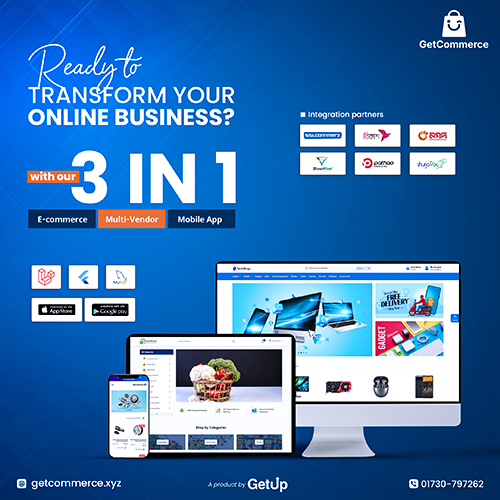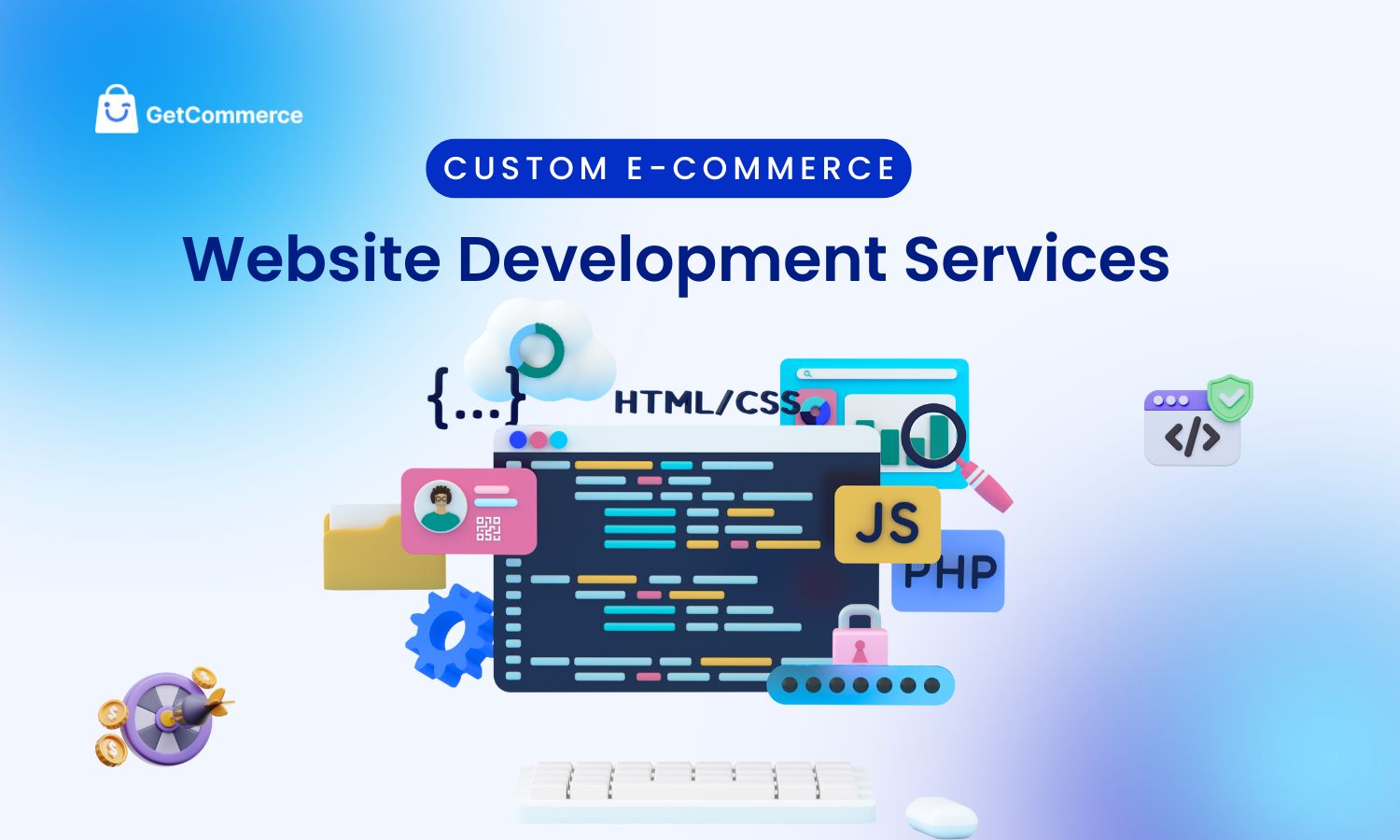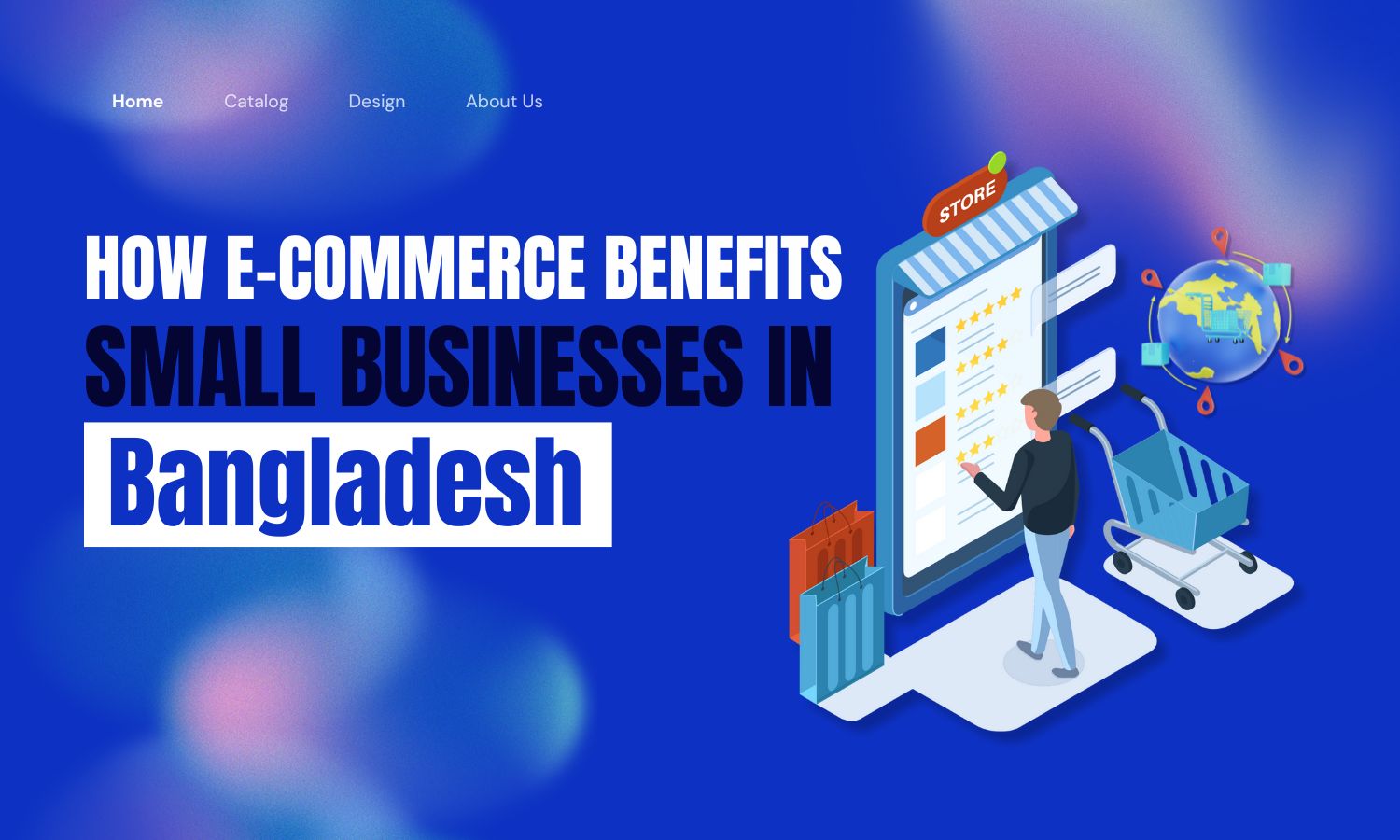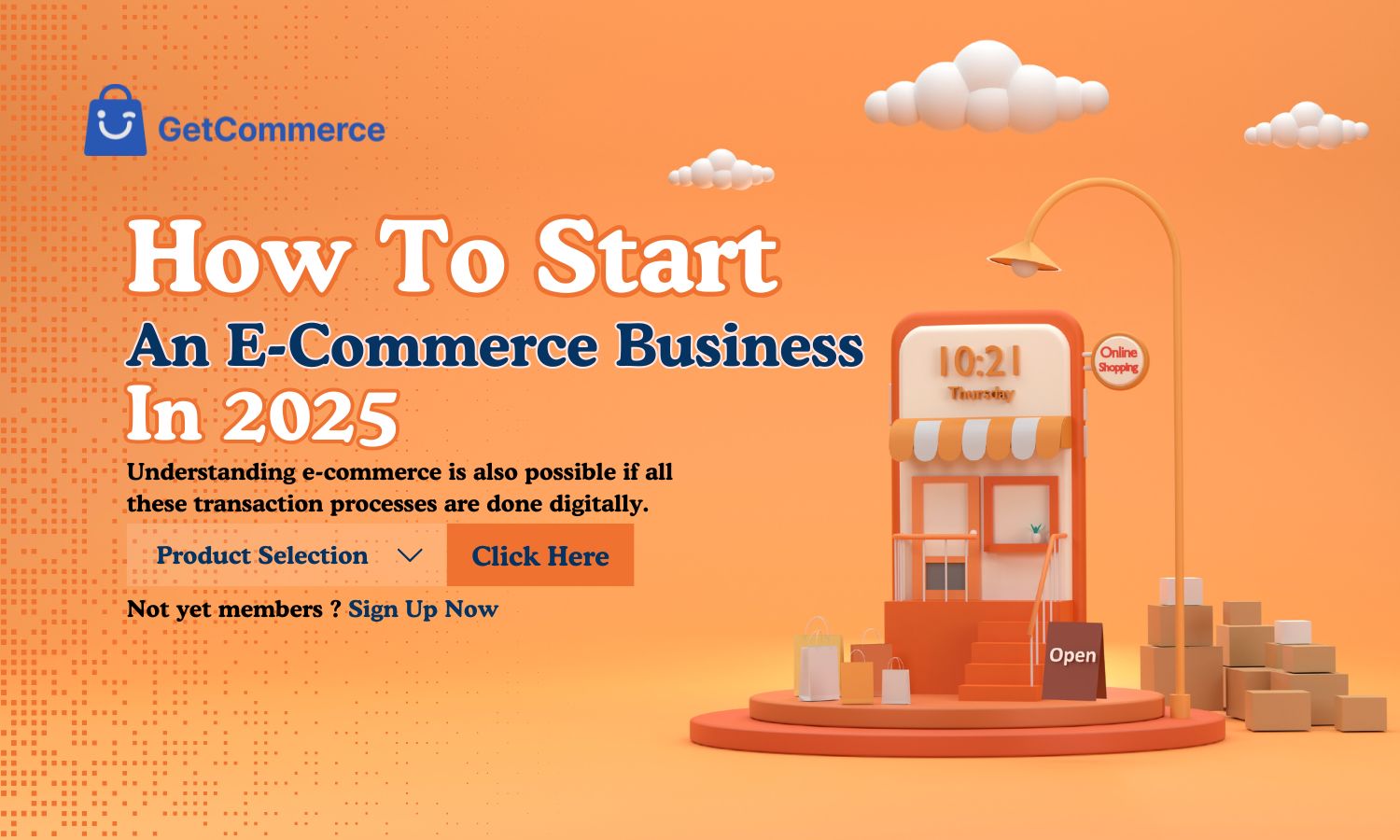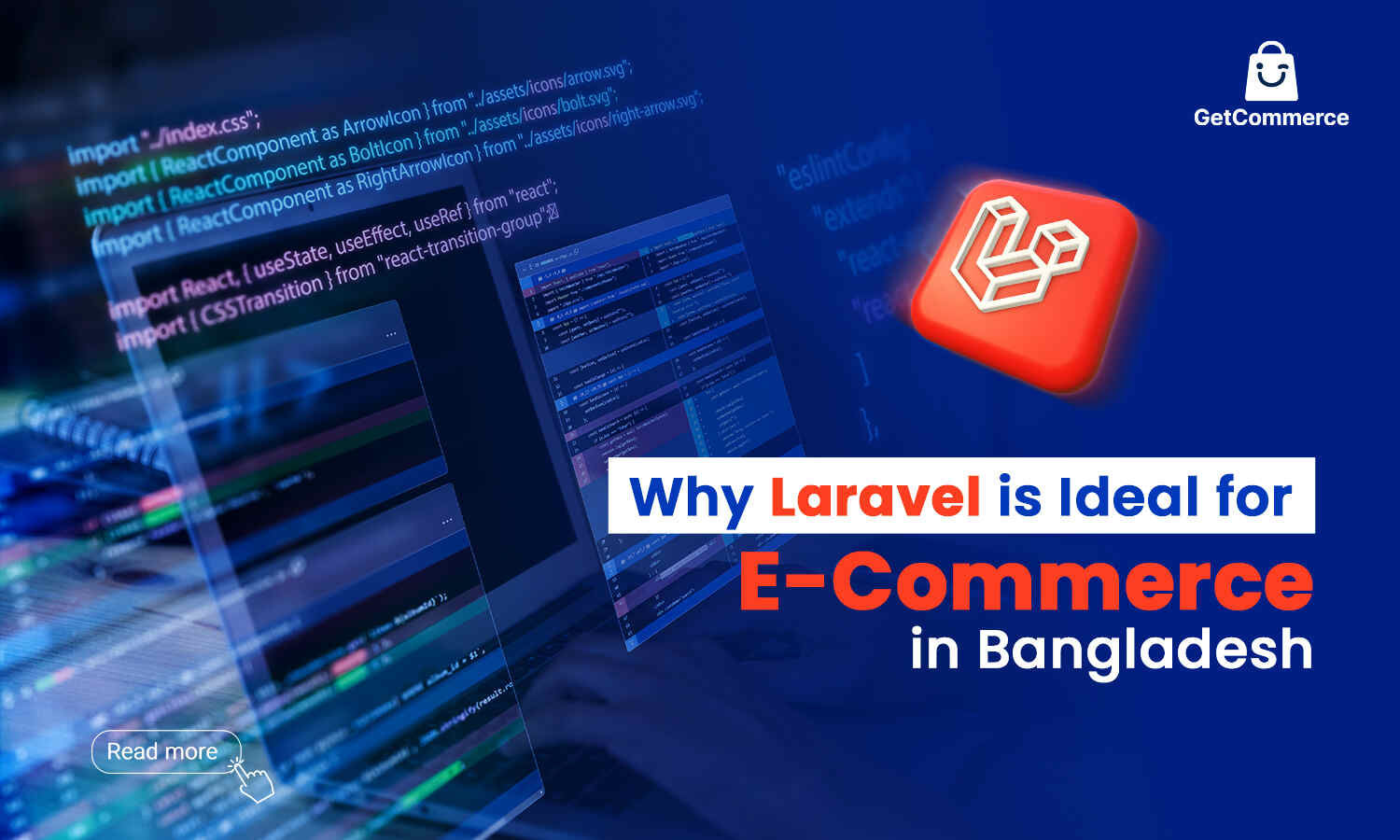Are you considering e-commerce for your small business but unsure if it’s the right move? Let’s take a look at the costs and benefits of online selling and see how it can boost your business.
As more consumers shop online, e-commerce has become an important tool for small businesses looking to grow. However, diving into the world of online selling requires careful thought. That’s where a cost-benefit analysis comes in. By understanding the true costs and benefits of e-commerce, you can make smarter decisions about whether this is the right path for your business. In this article, we'll explore what you need to know, from understanding the financial side to maximizing the advantages that e-commerce offers.
What is a Cost-Benefit Analysis for E-commerce?
A cost-benefit analysis for e-commerce is a crucial tool for small business owners who want to evaluate if the costs of starting and maintaining an online store are worth the benefits. This analysis helps businesses determine whether the potential for growth, increased sales, and broader market reach outweigh the financial and time investments required. By understanding both the costs and the benefits, small business owners can make smarter decisions and avoid unnecessary risks when venturing into e-commerce.
Identify Your Costs
The first step in a cost-benefit analysis is identifying all the costs associated with launching and managing an e-commerce business. These costs can include website development, e-commerce platform fees, payment processing fees, inventory management, shipping, and digital marketing. Don't forget ongoing costs like website maintenance, customer support, and advertising. These expenses need to be accounted for upfront to get a clear picture of the total investment required for success.
Evaluate the Benefits
Once the costs are clear, the next step is to evaluate the benefits. The benefits of e-commerce are significant for small businesses. An online store can increase your business's visibility, provide a 24/7 shopping experience, and reach customers beyond your local area. Additionally, an e-commerce platform enables streamlined inventory management, improved customer service, and higher sales potential due to a broader customer base. When you weigh these benefits, it becomes easier to see how e-commerce can contribute to your business’s growth.
Compare and Calculate
Now that you have a breakdown of the costs and benefits, it’s time to compare them. This is where the core of the analysis happens. Add up your expected costs and compare them to the revenue you might generate from an online store. Use your projected sales, customer acquisition rates, and profit margins to make this calculation. If the benefits, in terms of revenue and growth, significantly outweigh the costs, then it’s likely that e-commerce will be a profitable venture for your business.
Refine Your E-commerce Strategy
The final step is using your cost-benefit analysis to refine your e-commerce strategy. By understanding the investment required, you can make informed decisions about which e-commerce platform to choose, how much to invest in marketing, and where to allocate resources for maximum return. This might mean optimizing your website for higher conversion rates or focusing on particular online marketing strategies like SEO or paid ads. A well-thought-out e-commerce strategy will help your business grow efficiently without overspending.
A cost-benefit analysis for e-commerce helps small business owners assess whether the potential returns justify the investments. By following these steps—identifying costs, evaluating benefits, comparing, and refining strategies—small businesses can confidently pursue e-commerce as a growth strategy.
The Costs of Starting an E-commerce Business
Starting an e-commerce business involves both direct and hidden costs. By understanding the costs of online selling, you can plan better and ensure your e-commerce business is set up for long-term success. Here’s a breakdown of what small business owners need to consider:
Direct Costs:
- Website Setup: Includes domain names, hosting, design, and development. You may need to hire developers or purchase themes.
- Platform Fees: Monthly or annual fees for using platforms like Shopify, WooCommerce, etc., for hosting and maintaining your store.
- Payment Processing Fees: Fees charged by payment gateways for handling transactions (typically a small percentage per sale).
Hidden Costs:
- Shipping Costs: Includes the price of packaging materials, and shipping labels, and either absorbing or passing on the shipping fees to customers.
- Handling Returns: Costs related to processing returns and exchanges, including return shipping and restocking fees.
Managing Costs:
- E-commerce Cost Analysis: Perform a cost-benefit analysis to assess whether the investment in online selling will be profitable. This will help in budgeting and making strategic decisions on pricing, product offerings, and marketing.
The Benefits of E-commerce for Small Businesses
E-commerce offers incredible advantages for small businesses looking to grow and thrive in today’s competitive market. Let’s take a look at the key benefits that could revolutionize your business.
Increased Reach
One of the most significant e-commerce benefits is the ability to expand your reach. By taking your business online, you can connect with customers far beyond your local area. Whether you're in Dhaka or another part of Bangladesh, your products can be discovered by customers from all over the world. E-commerce opens up access to global markets, allowing you to tap into new customer bases, increase sales, and grow your brand visibility.
Cost Reduction
E-commerce also helps reduce costs, making it an ideal option for small businesses with limited budgets. Without the need for a physical storefront, you can save money on rent, utilities, and other overhead costs. Additionally, you can operate your store 24/7, reaching customers at any time of day, without additional staffing costs. This cost reduction is essential for small businesses looking to maximize their profitability.
Enhanced Customer Experience
Online shopping offers a seamless experience for customers, which can lead to higher satisfaction and repeat business. With easy-to-use e-commerce platforms, customers can quickly browse your products, make purchases, and even track shipments—all from the comfort of their own homes. By providing a hassle-free and convenient shopping experience, you’re likely to improve customer loyalty and retention.
Local Example: Success in Dhaka
Take Moriom Rent a Car, for example, a small car rental business in Dhaka that embraced the power of e-commerce. By expanding their online presence, they were able to attract not just local customers but international ones as well. Through strategic online marketing and easy-to-navigate website design, they gained the ability to offer rentals for daily commutes to travelers, significantly boosting their business.
GetCommerce: A Game Changer for Small Businesses
If you’re looking to take your small business online, GetCommerce is the perfect solution to help you build a powerful and efficient e-commerce platform. Whether you're selling products or offering services, GetCommerce provides easy-to-use tools to set up your online store, manage inventory, and process payments seamlessly. With GetCommerce, you can establish a strong online presence, improve your customer experience, and reduce operational costs. Their user-friendly platform is designed to scale your business, allowing you to tap into new markets and increase your sales potential.
How E-commerce Contributes to Small Business Growth
E-commerce is transforming the way small businesses grow. By taking your business online, you can tap into a range of tools and strategies that promote growth, boost revenue, and enhance customer engagement. Let's explore how e-commerce can fuel the expansion of your small business.
-
Data-Driven Decisions:
- E-commerce platforms provide essential customer data that can help small businesses improve their product offerings and marketing strategies.
- By analyzing customer preferences and buying patterns, you can make informed decisions that enhance your online store and customer engagement.
- Use this data to adjust your e-commerce content and advertising strategies, ensuring they align with your customer's needs for better sales.
-
Scalability Without High Costs:
- One of the most attractive features of e-commerce is the ability to scale without massive upfront costs. Online selling allows businesses to expand their reach beyond local markets with minimal financial investment.
- Unlike traditional stores that require substantial physical space and ongoing costs like rent, e-commerce allows for growth through increased product offerings, better online marketing, and new customer segments.
- Whether you’re a small business in Dhaka or elsewhere, the scalability of e-commerce solutions ensures that growth is manageable and affordable.
-
Practical Tip: Use Google Analytics:
- Google Analytics is a powerful tool for tracking your e-commerce performance. It helps you understand which products sell the best, your customer demographics, and the effectiveness of your online marketing.
- Use this data to improve your SEO strategy, optimize product descriptions, and refine your website design to improve the customer experience and drive sales.
Weighing Costs and Benefits: Should You Make the Switch to E-commerce?
When considering whether to transition your small business to e-commerce, it's essential to evaluate both the costs of online selling and the potential benefits of e-commerce. This decision can shape the future of your business, so understanding the trade-offs is crucial. Here’s a simple e-commerce cost analysis to help you decide if it’s the right move for your business:
|
Aspect |
Cost of E-commerce |
Benefit of E-commerce |
|
Website Setup |
Initial investment in website design and hosting fees. |
Wider Market Reach: Expand beyond local markets. |
|
Platform Fees |
Monthly or transaction-based fees from e-commerce platforms like Shopify or WooCommerce. |
Lower Overhead Costs: No need for a physical storefront. |
|
Payment Processing Fees |
Transaction fees from payment processors like PayPal. |
24/7 Accessibility: Your business is open round the clock. |
|
Shipping Costs |
Costs associated with delivering products to customers. |
Customer Insights: Access valuable data to improve sales strategies. |
|
Customer Returns |
Handling returns and managing logistics. |
Easy Scalability: Ability to grow without upfront costs. |
Pros and Cons of E-commerce for Small Businesses
|
Pros |
Cons |
|
Global Reach: Expand your market beyond local boundaries. |
Initial Setup Cost: Website design and platform fees can be expensive. |
|
Lower Overhead: No physical store required. |
Shipping and Handling: Need to manage logistics and potential returns. |
|
24/7 Operations: Your store is always open, increasing sales opportunities. |
Ongoing Fees: Platform and payment processing fees can add up. |
|
Easy Scalability: Easily scale without major upfront investments. |
…… |
Evaluate the costs of online selling and weigh them against the benefits of e-commerce to decide if it’s the right move for your small business. Start small, test the waters, and scale up as your business grows.
Getting Started with E-commerce: A Simple Step-by-Step Guide
Starting an e-commerce store can seem daunting, but with the right plan in place, it can be a smooth and rewarding experience for your small business. Here’s a simple, actionable guide to help you get started:
1. Choose the Right E-commerce Platform
- GetCommerce: For small businesses looking for an affordable and user-friendly option, GetCommerce offers a robust platform that’s specifically tailored to the needs of Bangladeshi businesses. With easy integration for payment systems, inventory tracking, and multi-currency support, GetCommerce helps you launch and scale your e-commerce store with ease. It’s ideal for businesses at any stage, offering scalability as you grow.
- Shopify: Ideal for businesses with larger budgets that want an all-in-one solution. Shopify offers everything from payment processing to inventory management, making it a great choice for growing businesses.
- WooCommerce: Perfect for small businesses on a budget, especially those already using WordPress. WooCommerce is cost-effective and customizable but may require more technical know-how.
2. Create an Easy-to-Navigate Website
- User-Friendly Design: Keep your site simple, with easy navigation to enhance the customer experience. Categories, a clear search bar, and simple checkout options help visitors find what they need quickly.
- Mobile-Optimized: With a large number of consumers shopping on mobile devices, ensure your website is responsive and works seamlessly on smartphones.
- Essential Features: Include key features like product categories, a shopping cart, secure payment options, and customer service contact details. Platforms like GetCommerce simplify this process with ready-made templates and easy customization options.
3. Marketing Tips for Driving Traffic and Converting Sales
- SEO: Focus on optimizing your product pages with relevant keywords like “buy [product] online” or “affordable [product name]” to rank higher in search engines.
- Social Media Marketing: Use platforms like Facebook, Instagram, and TikTok to promote your products. Leverage organic posts, ads, and influencer marketing to build awareness and direct traffic to your online store.
- Email Marketing: Build an email list from day one. Send regular newsletters, promotions, and personalized recommendations to keep customers engaged and drive repeat purchases.
4. Actionable Tip: Step-by-Step Plan for Launching in 30 Days
- Week 1: Research and choose the best e-commerce platform for your needs. Set up your website with essential features, including product categories, payment gateways, and shipping options.
- Week 2: Add your first products and create detailed, SEO-optimized product descriptions. Set up your social media profiles and connect them to your e-commerce store.
- Week 3: Plan and schedule your first email campaign. Start building your subscriber list and create content for your blog or social media.
- Week 4: Launch your store! Announce it on social media, send your first email, and promote a special discount to attract the first round of customers.
Launching an online store doesn’t need to be overwhelming. By following this simple step-by-step guide, you can start your e-commerce business with confidence and grow it over time. With the right tools, like GetCommerce, marketing strategies, and focus on user experience, you’ll be on the path to success.
FAQs
1. How much does it cost to set up an e-commerce store in Bangladesh?
Ans- Setting up an e-commerce store in Bangladesh can cost between BDT 20,000 to BDT 50,000, depending on your platform and features. Platforms like GetCommerce make it easy with affordable packages that don’t require huge upfront investments.
2. What are the main benefits of starting an online business in Bangladesh?
Ans- Starting an online business in Bangladesh means reaching a wide audience, cutting down on overhead costs, and being able to scale quickly. With platforms like GetCommerce, you can start small and grow as your business gains traction.
3. Is online selling in Bangladesh reliable for payment and delivery?
Ans- Yes! With payment systems like bKash and Nagad and delivery services like Pathao and Sundarban Courier, online selling in Bangladesh is reliable. These services make payments secure and deliveries smooth.
4. How can I make my e-commerce store stand out in Bangladesh’s competitive market?
Ans- To stand out, focus on great design and easy navigation. Offer unique products or services and make sure your store is mobile-friendly. Also, invest in SEO and use social media to spread the word. GetCommerce can help you make your store visible to the right people.
5. What are the common challenges small businesses face when selling online in Bangladesh?
Ans- Challenges include handling delivery logistics, competing in a busy market, and mastering digital marketing. But with the right tools like GetCommerce and smart marketing strategies, you can tackle these issues and grow your business successfully.
Conclusion
In this post, we've looked at both the costs and benefits of embracing e-commerce for small businesses. While there are initial setup costs, the potential for increased sales, wider reach, and lower overhead makes it a strong option for growth. Before jumping in, it’s important to conduct a cost-benefit analysis to ensure e-commerce aligns with your business goals.
Ready to grow? E-commerce offers a pathway to expanded sales and growth for your small business. Take the first step today and start your e-commerce journey with GetCommerce.



